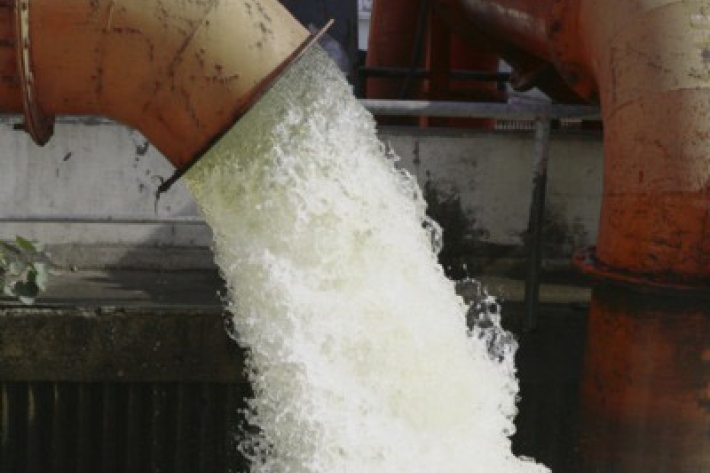Note: Kaitiaki Tools were developed to assist people involved in the resource consent process and focusses on the potential impact of land-use change or point source discharges on freshwater mahinga kai. This project was completed in 2011. Some information may be outdated.
Various industries and land use activities have the potential to impact on water quality and mahinga kai unless properly managed.
Good knowledge about the issues and ways to mitigate the effects of land use activities and industry on freshwater resources will enhance and protect water quality, species, and their habitats.
-

Energy
The energy industry provides power to households, businesses, transport, and industry. -

Wood processing
Trees are grown and converted into a range of useful timber and paper products. -
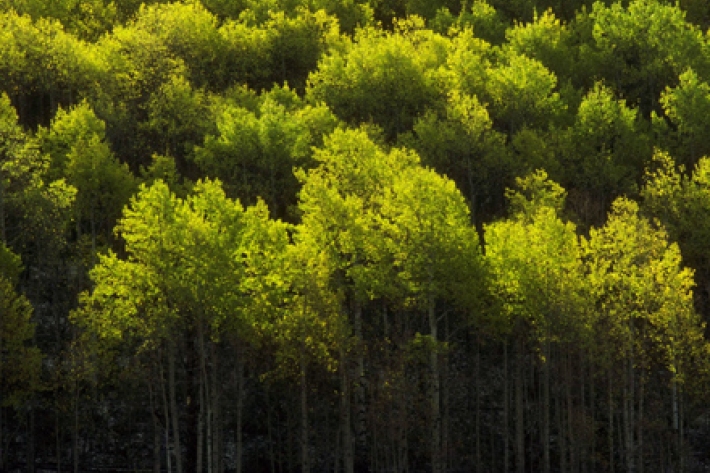
Forestry
Plantation forestry has become one of Aotearoa's largest natural resource industries. -
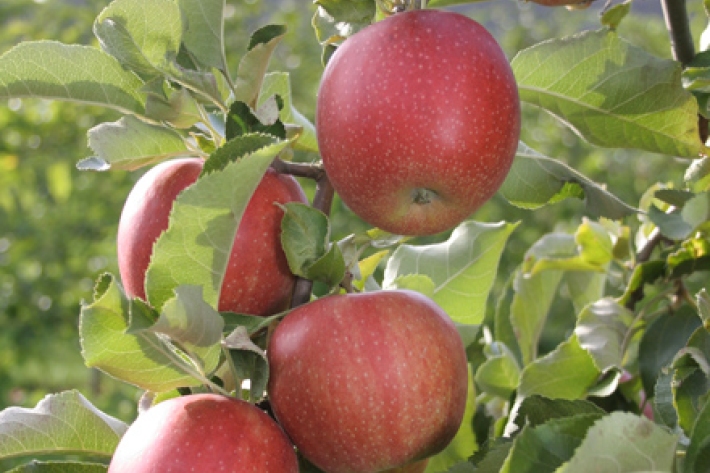
Horticulture
The horticulture industry cultivates fruits, vegetables, and flowers for the domestic and international export market. -
Meat and dairy processing
Meat and dairy processing factories manufacture products for local and international markets. -
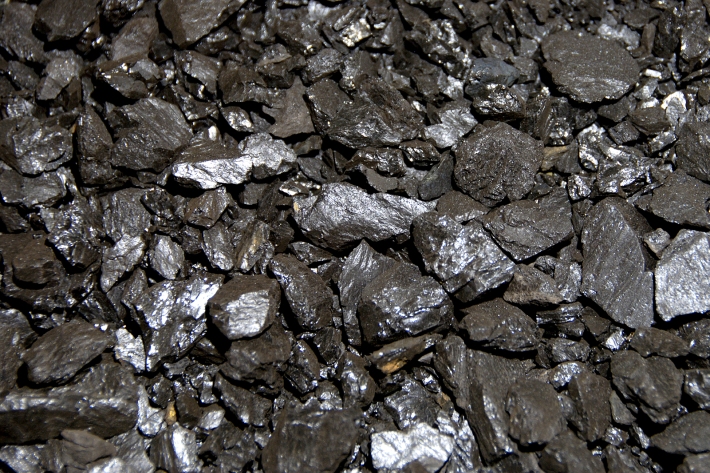
Mining
Mining is the extraction of metal and mineral resources, such as gold, coal, petroleum, and ironsand -
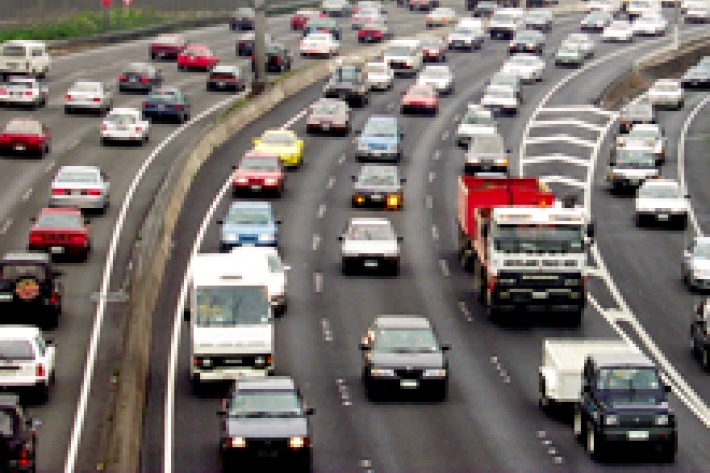
Urbanisation
Aotearoa’s main urban areas cover approximately 2% of total available land. -
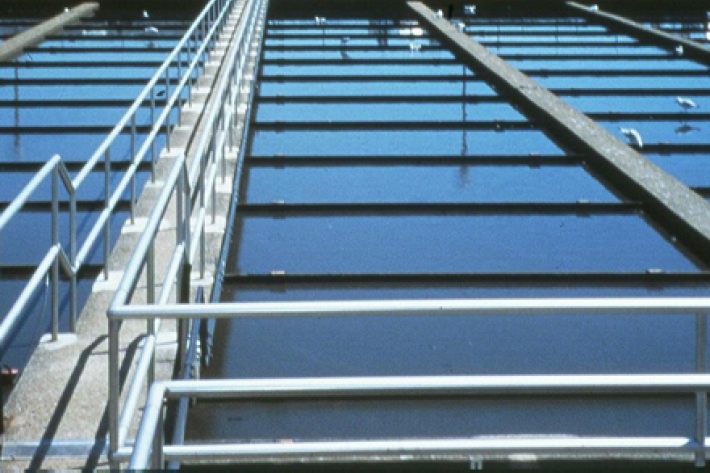
Wastewater Treatment
Wastewater treatment is the separation and extraction of solid waste from liquid waste, and the removal of nutrients and pathogens. -
Water take, dam, and divert
A resource consent is typically required when taking, damming, or diverting water. -
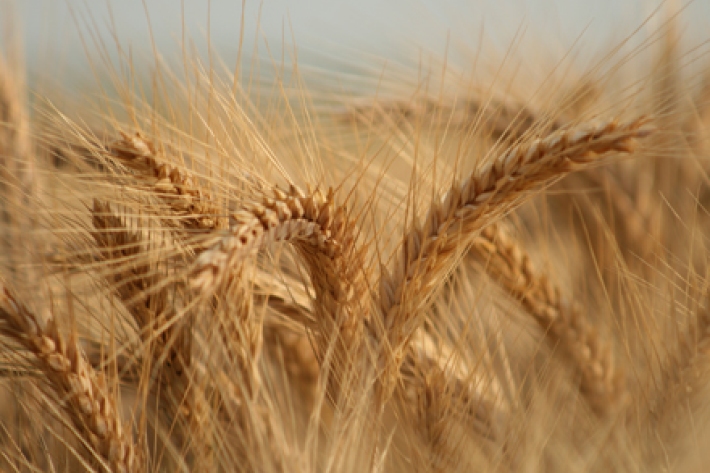
Agriculture
The most common agricultural activities in Aotearoa are dairy, cropping, sheep, and beef farming. -
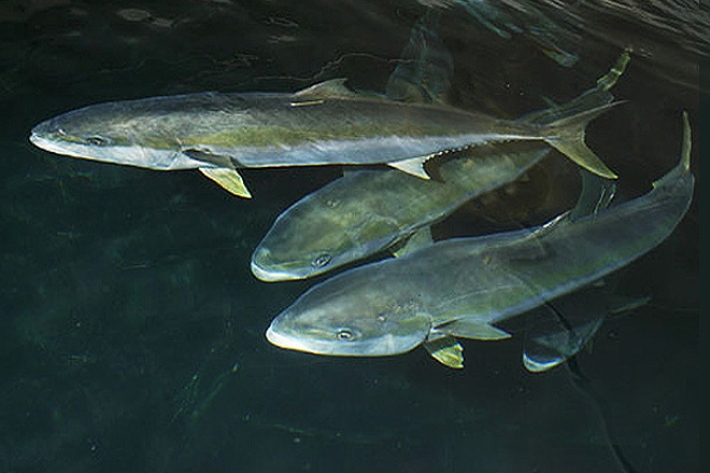
Aquaculture and customary fisheries
Aquaculture and customary fisheries farm and harvest freshwater and saltwater fish and shellfish.

